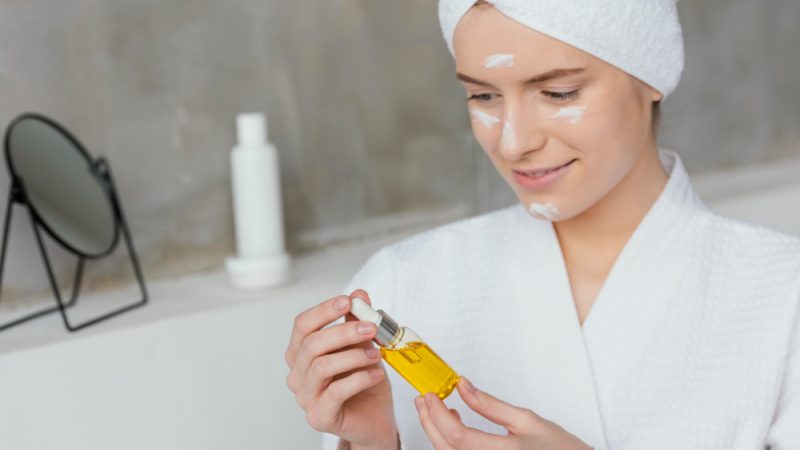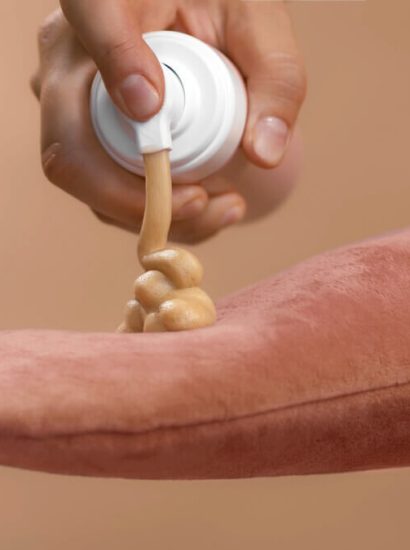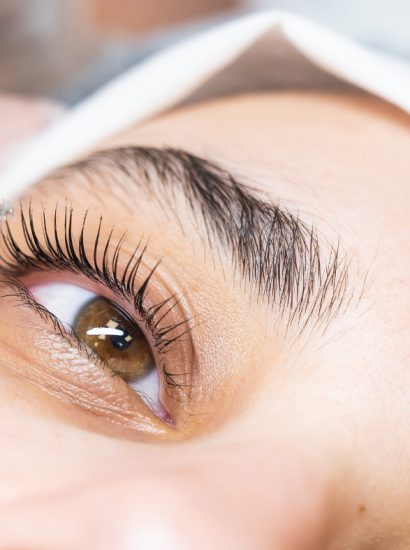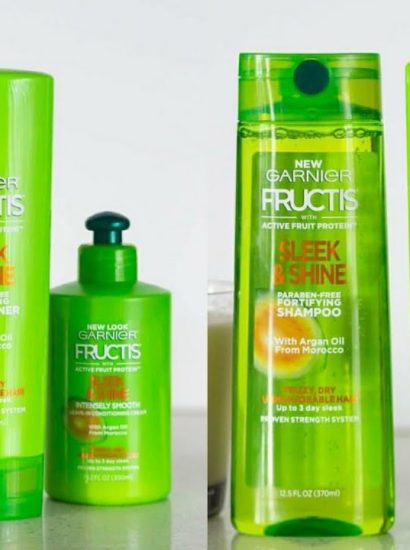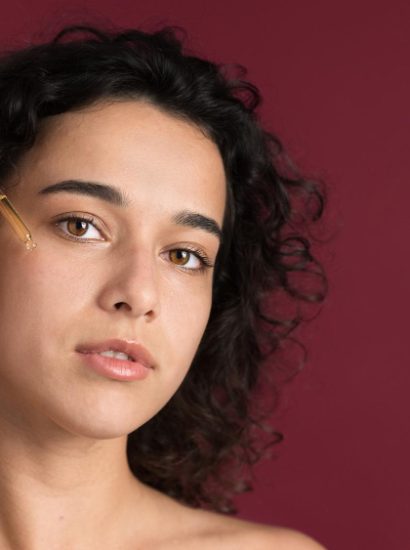Retinol is one of the most popular skincare ingredients, known for its ability to smooth fine lines, fade dark spots, and improve overall skin texture. But if you’ve recently started using it, you might have noticed your skin becoming dry, flaky, or peeling. This reaction is so common that many people ask: does retinol make your skin peel? The short answer is yes — but peeling is often a temporary side effect, and with the right skincare approach, it can be managed.
In this article, we’ll explore why retinol causes peeling, how long it lasts, and what you can do to minimize irritation while still enjoying its benefits.
What Is Retinol and How Does It Work?
Retinol is a form of vitamin A, widely used in dermatology for its ability to increase skin cell turnover and stimulate collagen production. By speeding up the natural renewal process, retinol helps remove dead skin cells and replace them with fresh, healthier ones.
This process is what makes retinol so effective for anti-aging, acne, and hyperpigmentation. However, it’s also the reason peeling occurs — your skin is adjusting to faster-than-usual turnover.
Why Does Retinol Make Skin Peel?
Skin peeling happens because retinol thins the outermost layer of dead cells (stratum corneum) and pushes new cells to the surface. If your skin barrier isn’t prepared, it can feel dry, tight, or flaky.
Other contributing factors include:
- Overuse: Applying too much or too often.
- High Concentration: Starting with a strong formula (1%+) instead of a beginner-friendly one (0.25–0.3%).
- Skin Type: Sensitive or dry skin is more prone to peeling.
- Environmental Stress: Cold, dry weather can worsen irritation.
How Long Does Retinol Peeling Last?
For most people, peeling lasts between 2–4 weeks after first starting retinol. This adjustment phase is often called the “retinization period.”
- Week 1–2: Mild redness, dryness, and flaking.
- Week 3–4: Skin begins to adapt, peeling lessens.
- After 1 month: Most people experience smoother, clearer skin with minimal irritation.
If peeling continues beyond 6–8 weeks, it may indicate overuse or that the product concentration is too strong.
Signs Your Skin Is Over-Exfoliated
It’s important to distinguish between normal peeling and skin damage. Signs you may be overdoing it include:
- Persistent burning or stinging.
- Raw, inflamed patches.
- Cracked or painful skin.
- Increased sensitivity to all skincare products.
If you notice these symptoms, stop using retinol temporarily and allow your skin barrier to recover.
How to Reduce Retinol-Induced Peeling
You don’t need to give up on retinol. Instead, adjust your skincare routine with these strategies:
- Start Slowly: Use retinol 2–3 times a week, then increase frequency as your skin adapts.
- Sandwich Method: Apply moisturizer before and after retinol to buffer its strength.
- Hydration: Use a gentle, fragrance-free moisturizer to keep skin nourished.
- Avoid Harsh Ingredients: Skip exfoliating acids (AHA, BHA) and scrubs when starting retinol.
- Sunscreen: Retinol increases sun sensitivity, so daily SPF 30+ is essential.
Best Moisturizers to Pair With Retinol
To minimize peeling, pair retinol with barrier-repairing and hydrating ingredients. Look for products containing:
- Ceramides: Strengthen the skin barrier.
- Hyaluronic Acid: Provides deep hydration.
- Niacinamide: Soothes redness and irritation.
- Squalane: Locks in moisture.
A thick, nourishing cream is often better than a lightweight lotion during the adjustment phase.
Should You Stop Retinol if Your Skin Peels?
Peeling alone isn’t usually a reason to quit retinol. In fact, it often means the product is working. However, you may need to adjust usage by:
- Reducing frequency.
- Lowering concentration.
- Mixing retinol with moisturizer.
You should stop and consult a dermatologist if peeling is accompanied by severe burning, blistering, or swelling.
Tips for Beginners Starting Retinol
If you’re new to retinol, follow these steps for a smoother experience:
- Patch Test First – Apply a small amount on your inner arm or jawline.
- Introduce Slowly – Use once or twice a week for the first month.
- Apply at Night – Retinol degrades in sunlight, so use it in your nighttime routine.
- Moisturize Generously – Don’t wait for dryness; hydrate daily.
- Be Patient – Visible results usually appear after 8–12 weeks.
Alternatives to Retinol for Sensitive Skin
If your skin can’t tolerate retinol, consider gentler alternatives:
- Bakuchiol: A plant-based retinol alternative with similar benefits but less irritation.
- Peptides: Support collagen production and firmness.
- Niacinamide: Brightens skin and reduces inflammation.
- Azelaic Acid: Helps with acne and pigmentation without peeling.
When to See a Dermatologist
Seek professional advice if:
- Peeling doesn’t improve after 8 weeks.
- You experience severe redness or pain.
- Your acne or pigmentation worsens.
- You’re unsure which retinol strength is right for you.
A dermatologist can recommend prescription-strength retinoids or suggest a customized routine.
Conclusion
So, does retinol make your skin peel? Yes, peeling is a common and expected side effect, especially for beginners. It happens because retinol speeds up cell turnover, but with the right skincare strategies, peeling can be minimized. Remember to start slowly, use plenty of moisturizer, and never skip sunscreen. With patience, your skin will adjust, and you’ll begin to see the long-term benefits — smoother, brighter, and healthier-looking skin.
FAQs
1. How long does retinol peeling last?
Usually 2–4 weeks, but it may last longer depending on your skin type and product strength.
2. Should I stop using retinol if my skin is peeling?
Not necessarily. Try reducing frequency or buffering with moisturizer instead.
3. Can I use exfoliants while my skin is peeling from retinol?
It’s best to avoid AHAs, BHAs, and scrubs until your skin adjusts to retinol.
4. Does retinol peeling mean it’s working?
Yes, mild peeling is a sign your skin is adjusting to increased cell turnover.
5. Can sensitive skin types use retinol?
Yes, but start with a low concentration (0.25–0.3%) and use it less frequently. Alternatives like bakuchiol may be better for very sensitive skin.
Also read: Can You Swim With Eyelash Extensions? Tips to Protect Your Lashes

